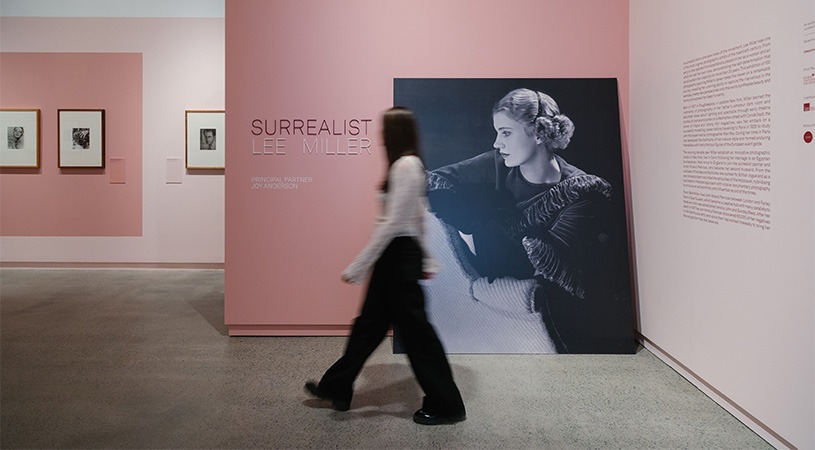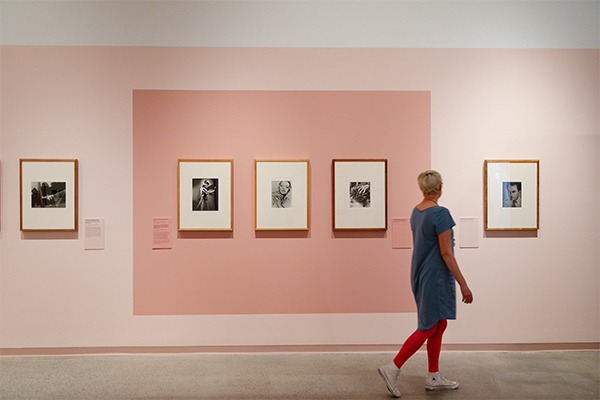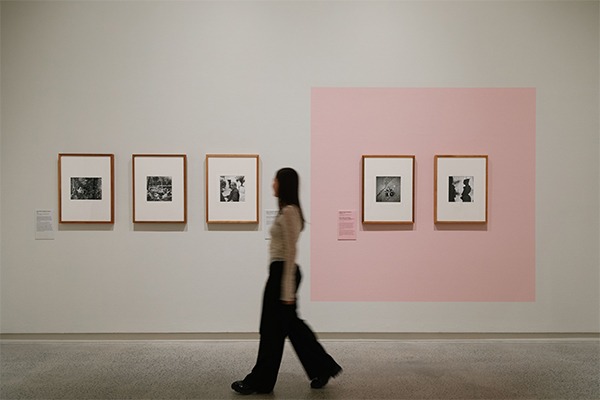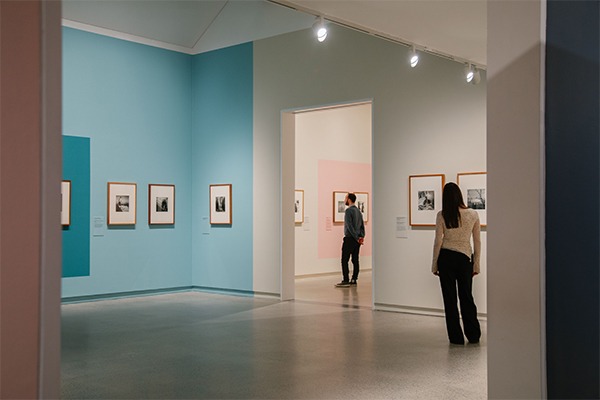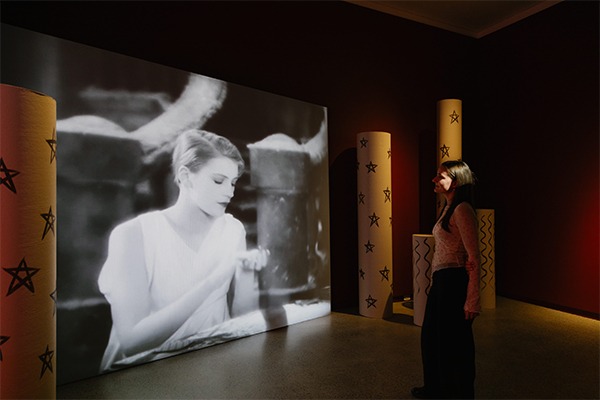Running until 14 April, the Surrealist Lee Miller exhibition at Heide Museum of Modern Art is a rare opportunity to explore the ground-breaking work of one of the twentieth century’s most celebrated and original photographic artists. The works of Lee Miller are not only compelling because of their originality and intensity, but also because they reflect a life shared with some of the most significant events and people of the time.
A woman ahead of her time
A woman who defied the conventions of her day, Lee Miller began her career behind the lens as a celebrated fashion model before her desire to develop her interest in photography took her to Paris in the late 1920s. Here, her experimentation saw her become a significant contributor to the surrealist movement with her portrait, fashion, and art photography.
With the outbreak of World War II, Lee, once again, pivoted to photojournalism before becoming an accredited war correspondent in 1942. Arriving in France after D-Day, she continued to follow and record the Allies’ progress into Germany and the harsh realities of war.
A surreal life
Whether capturing the horrors of the battlefield and concentration camps, or the arresting beauty of landscapes and architecture, her bold surrealist approach continued to challenge the expectations placed on her as an artist and a woman throughout her career.
After the war, Miller married the artist and art historian, Roland Penrose, and settled in England where their home, Farley Farm, became a magnet for visiting artists and writers.
Surrealist Lee Miller exhibition at Heide Museum of Modern Art
Curated by her son, Antony Penrose, this exhibition spans her extraordinary career and life. From her involvement in the surrealist movement of Paris and New York in the 1920s and 30s, to her coverage of the brutality of World War II, and her creative circle that included Man Ray, Picasso, Dora Marr and other important artists of her time, the exhibition is a thought-provoking journey of a fearless photographer.
Working alongside Heide's exhibition designer, Taubmans has provided the paints for the Surrealist Lee Miller exhibition, aligning with the narratives depicted in Miller’s photographs and complementing her stunning imagery showcased at the museum.
Hedonist (T15 119.1) and Berry Beige (T15 119.3) provide a rose-tinted glow reflecting Miller's Parisian adventures and her development as a surrealist.
Burlap Beige (T15 5.5) and Stonington Beige (T15 6.4) envelop the space in a warm, inviting embrace, echoing the transitional ambiance of Lee Miller's time in New York—a period teeming with artistic growth and creative exploration, also signifying the transformative area in the exhibition space.
Squadron (T15 64.5) and Canyon Black (T15 20.6) provides a sombre backdrop for Miller's wartime photography, symbolising resilience in a dark time.
Shades of Evening (T15 64.3) conveys the fleeting moments of peace even in the midst of a long, bloody war.
Recently Rouge (T15 119.2) captures the artistically driven period of Miller’s life in London and the United Kingdom in the lead up to the war, while Bras D’Or (T15 150.3) and Southern Myth (T15 150.5) reflects Miller’s time in Egypt where she was caught between two key stages of her life.
Piccadilly (T15 198.7) reflects Miller’s time in England where she took war photographs for British Vogue, and Sarsaparilla (T15 55.7) signifies Miller’s status as an artist and innovator.

 Back to Colour Together page
Back to Colour Together page
